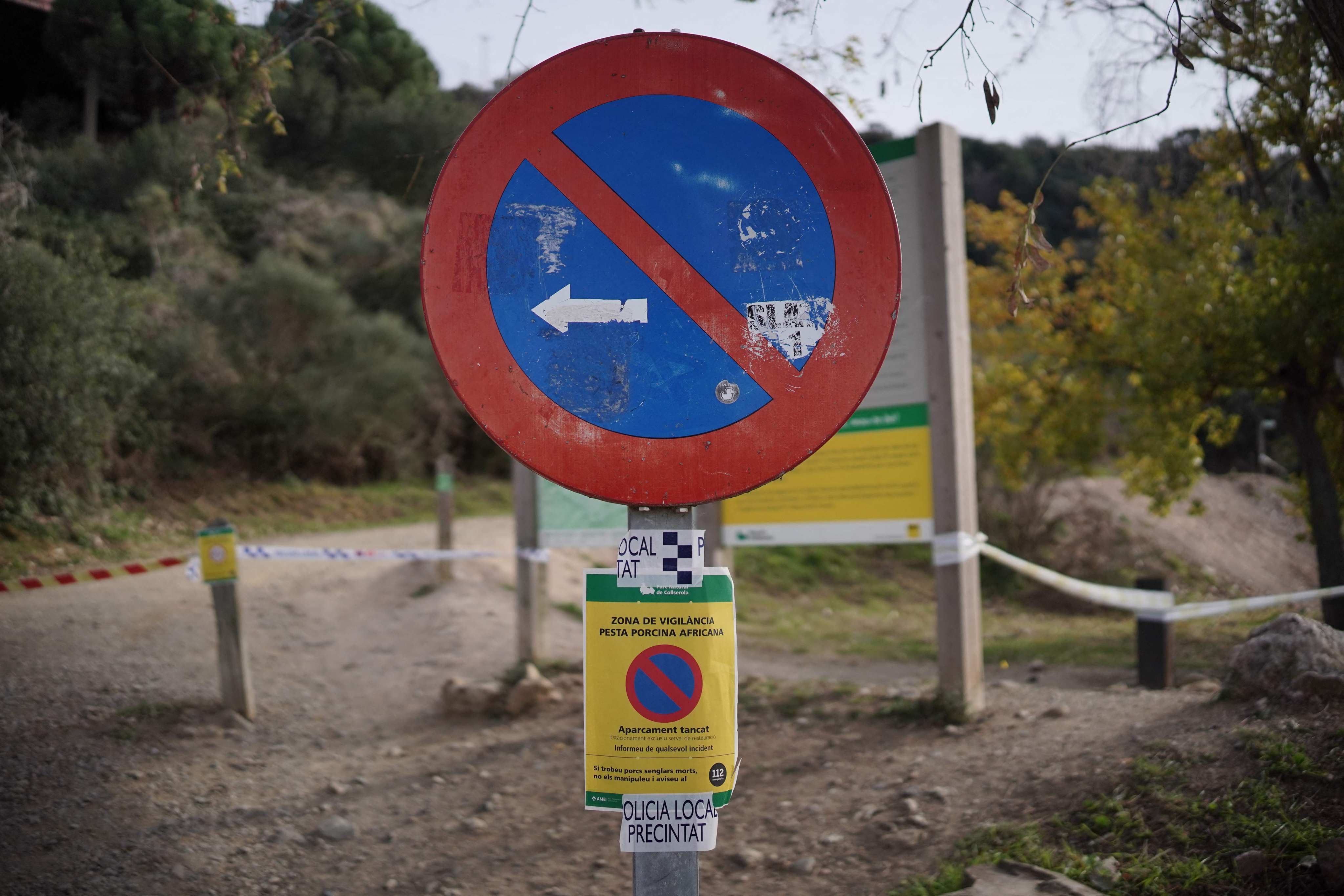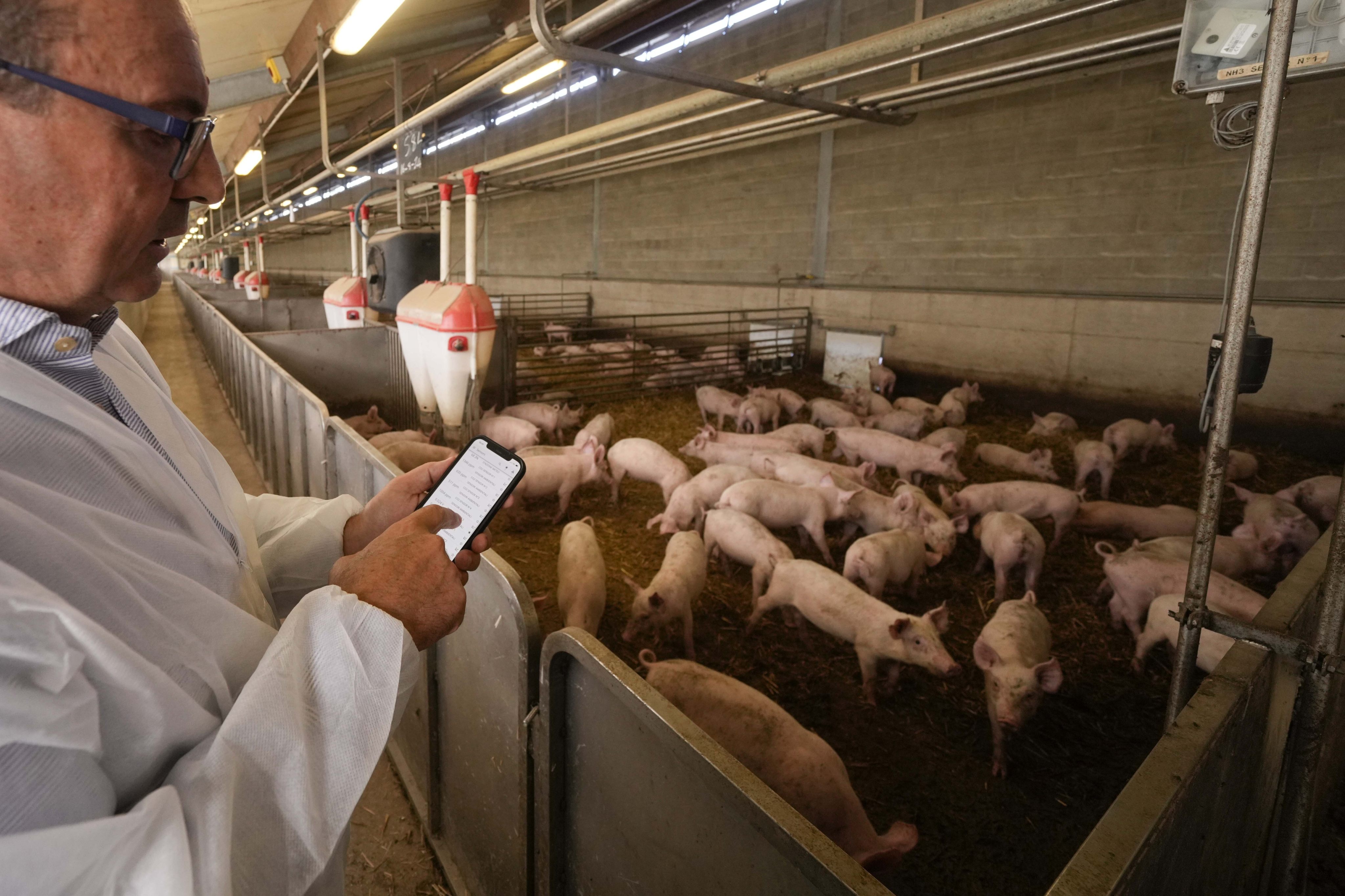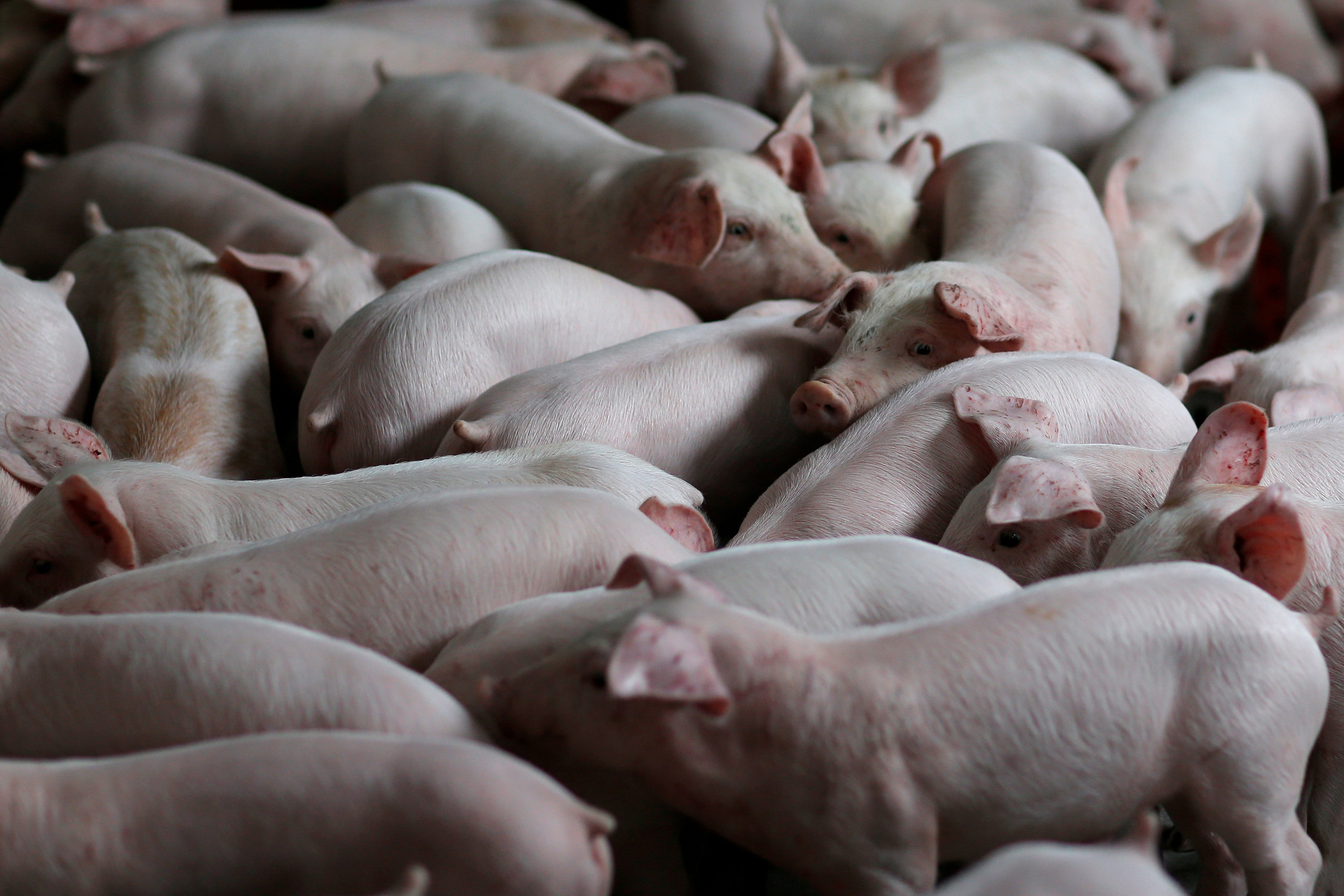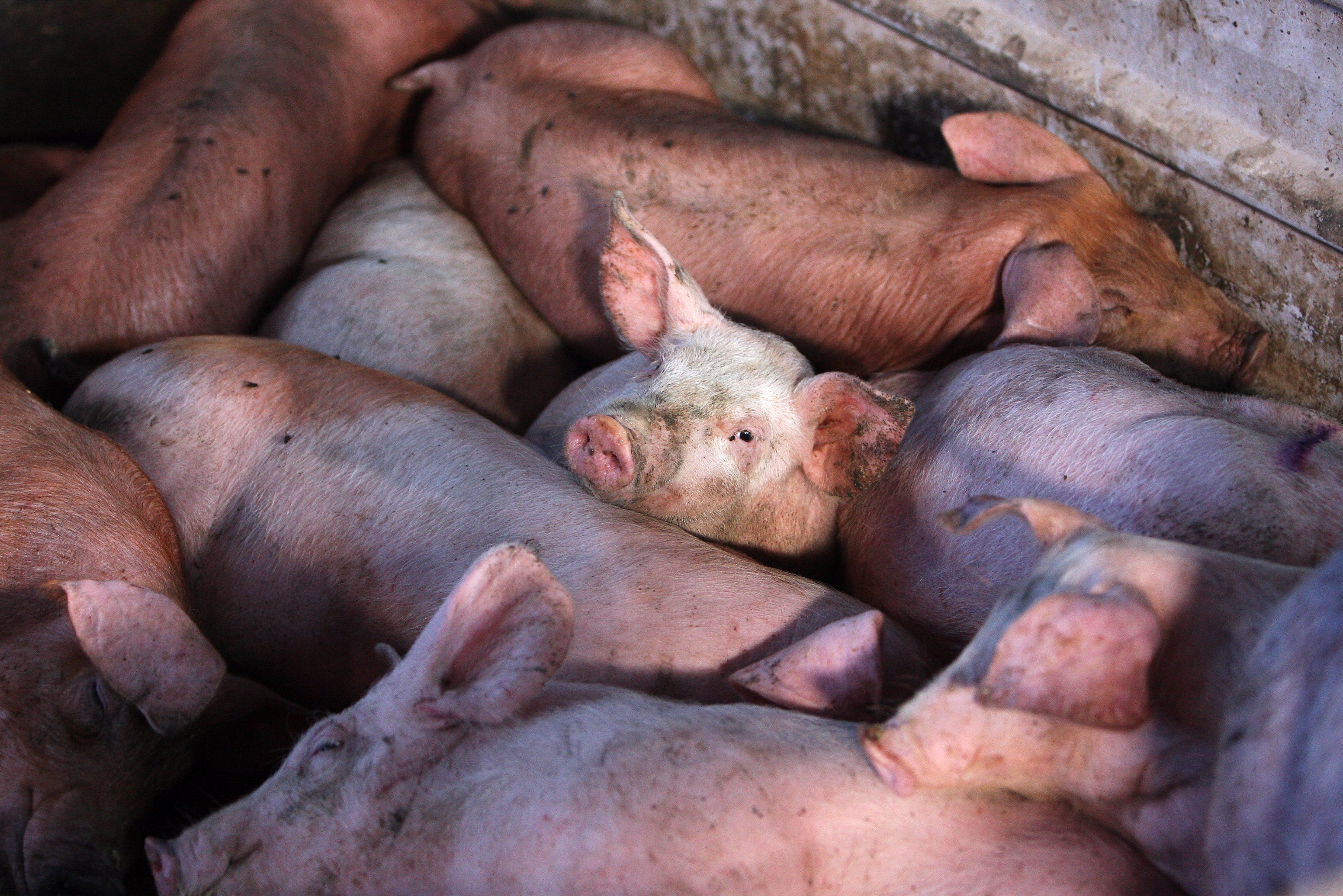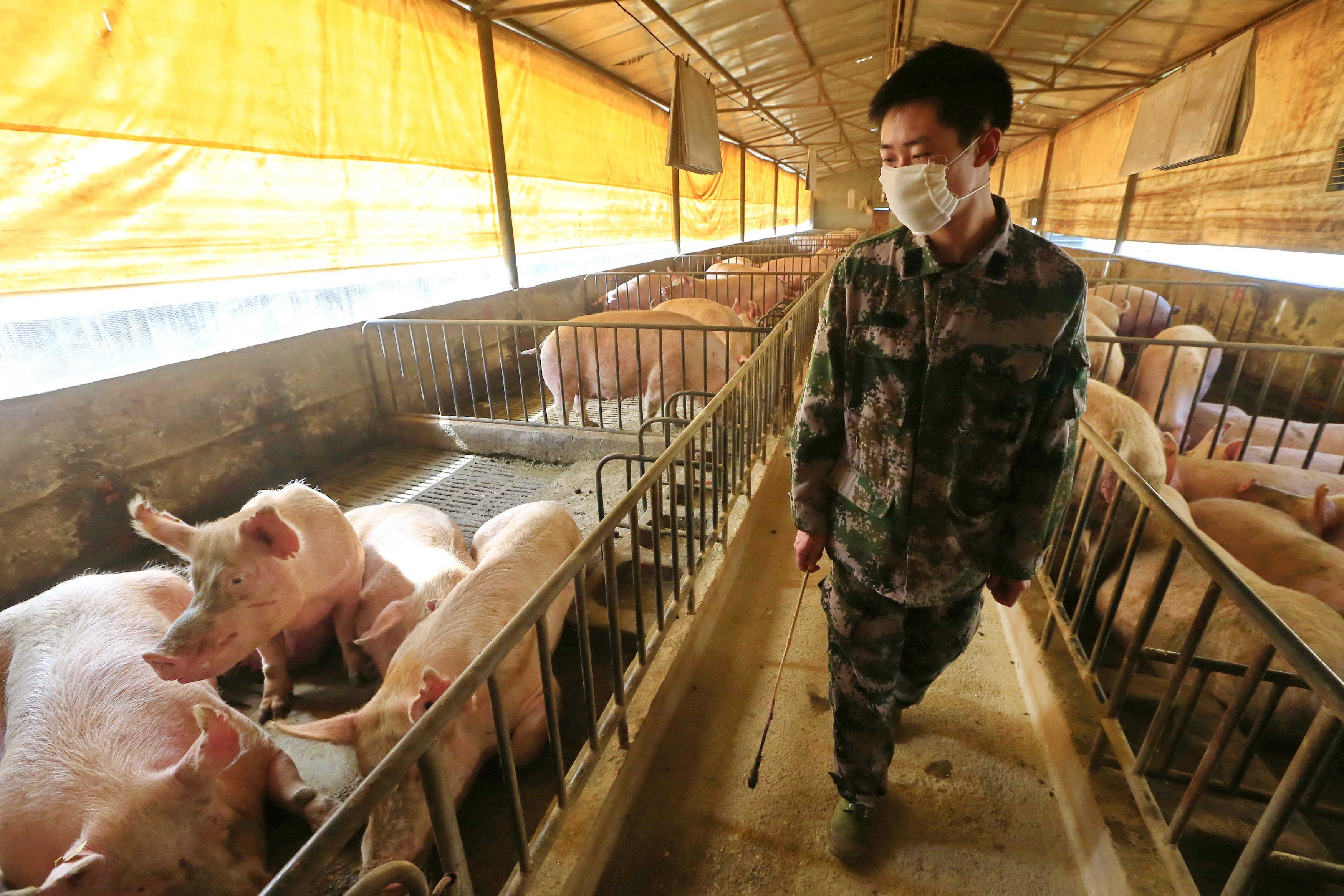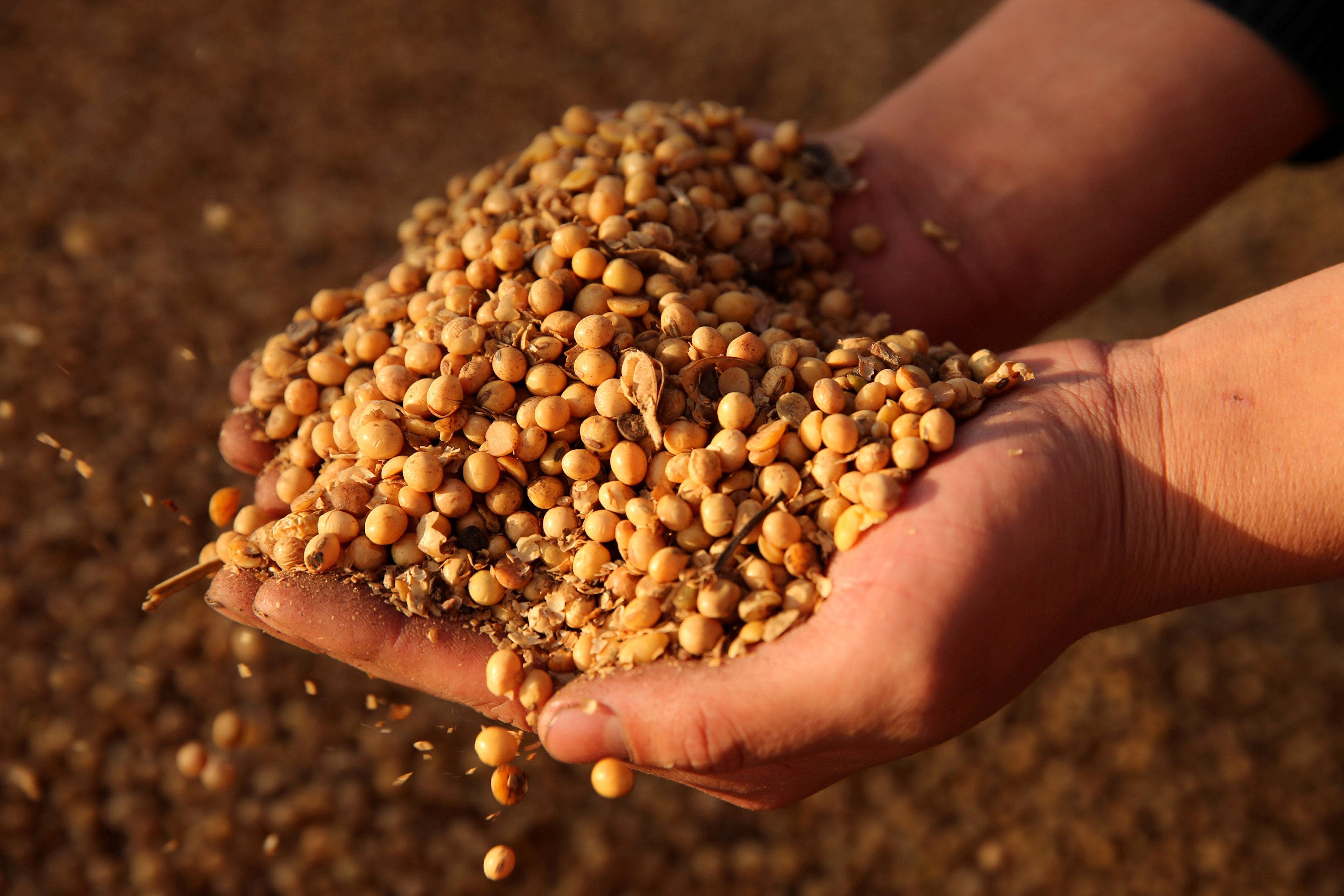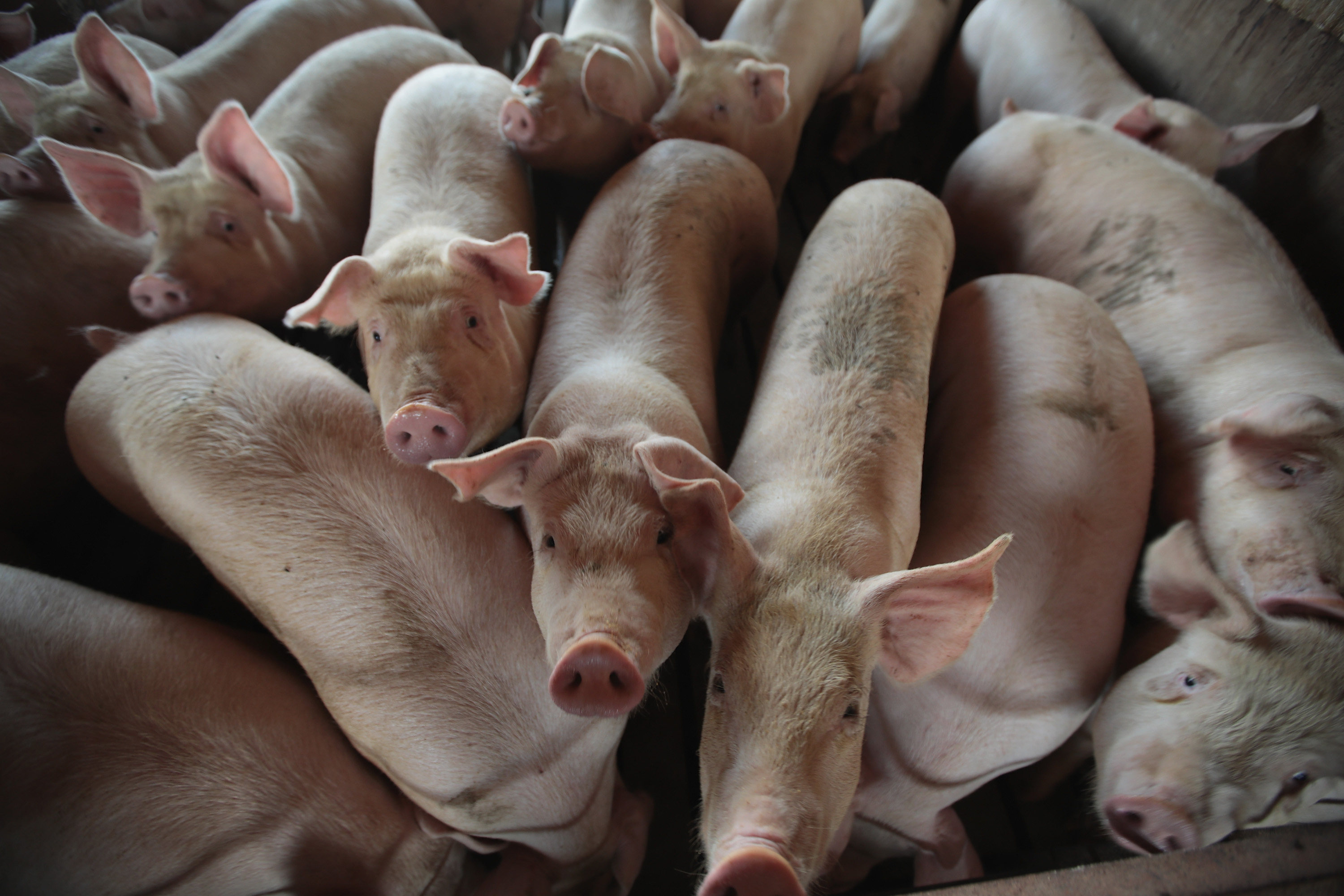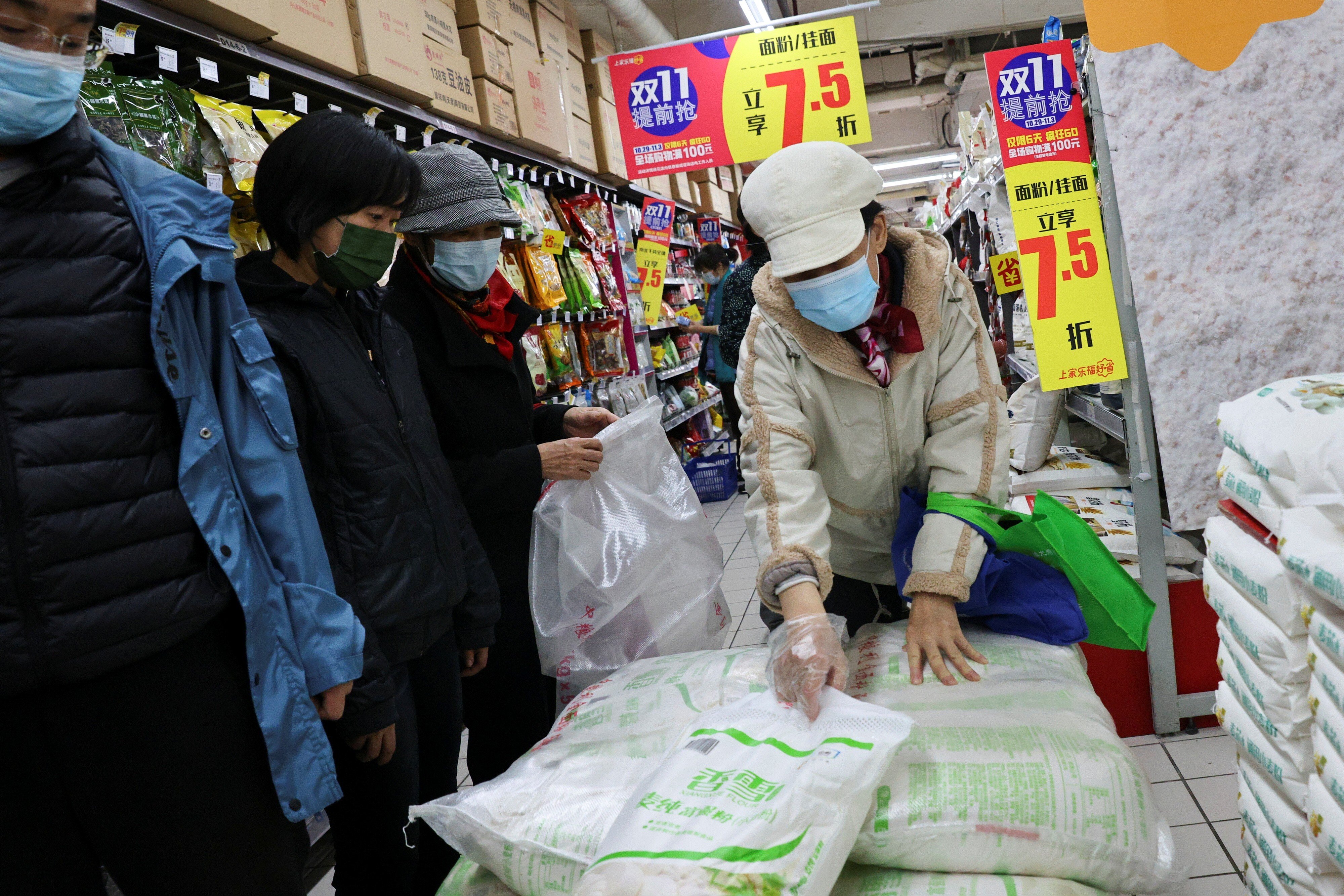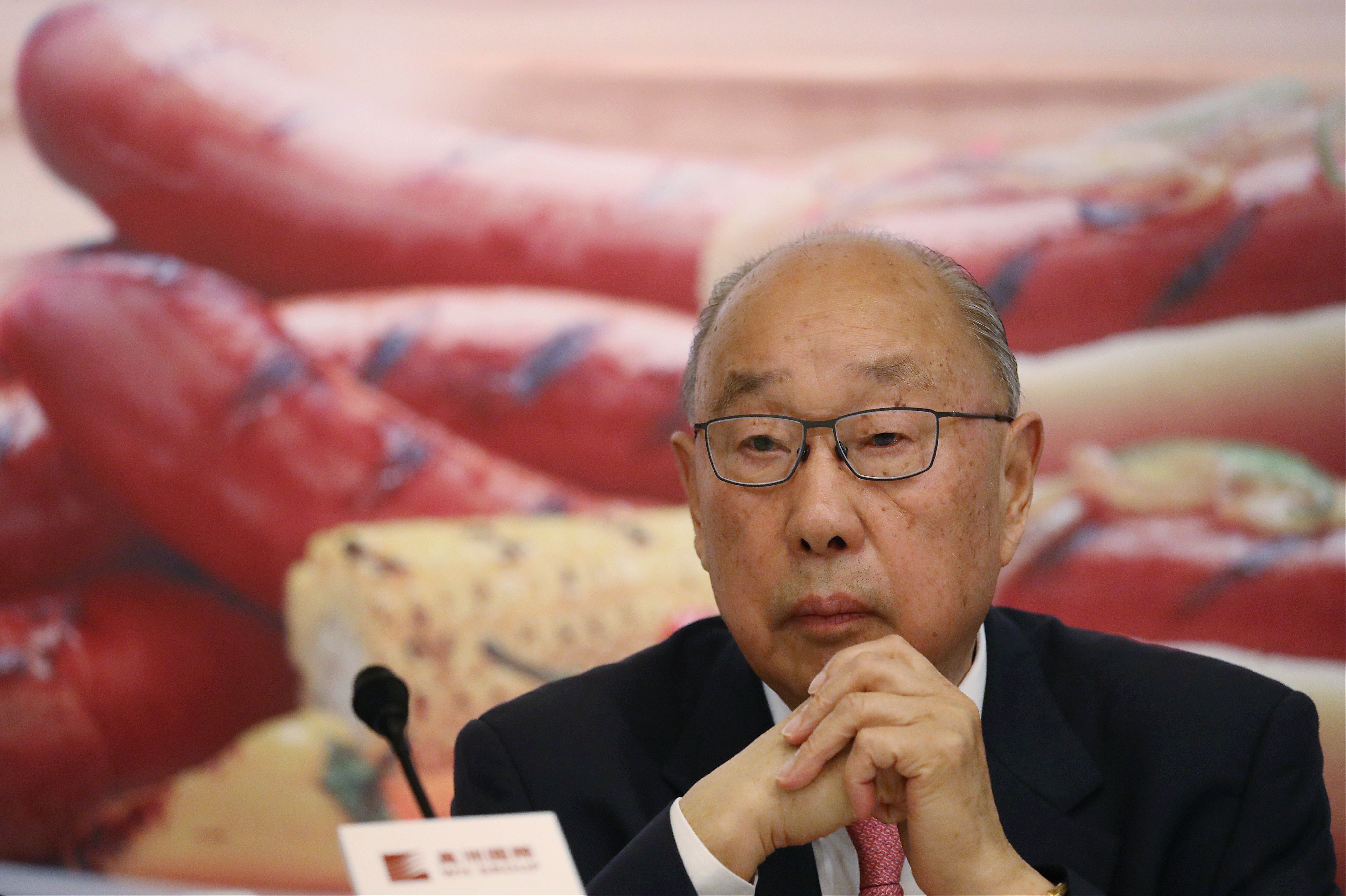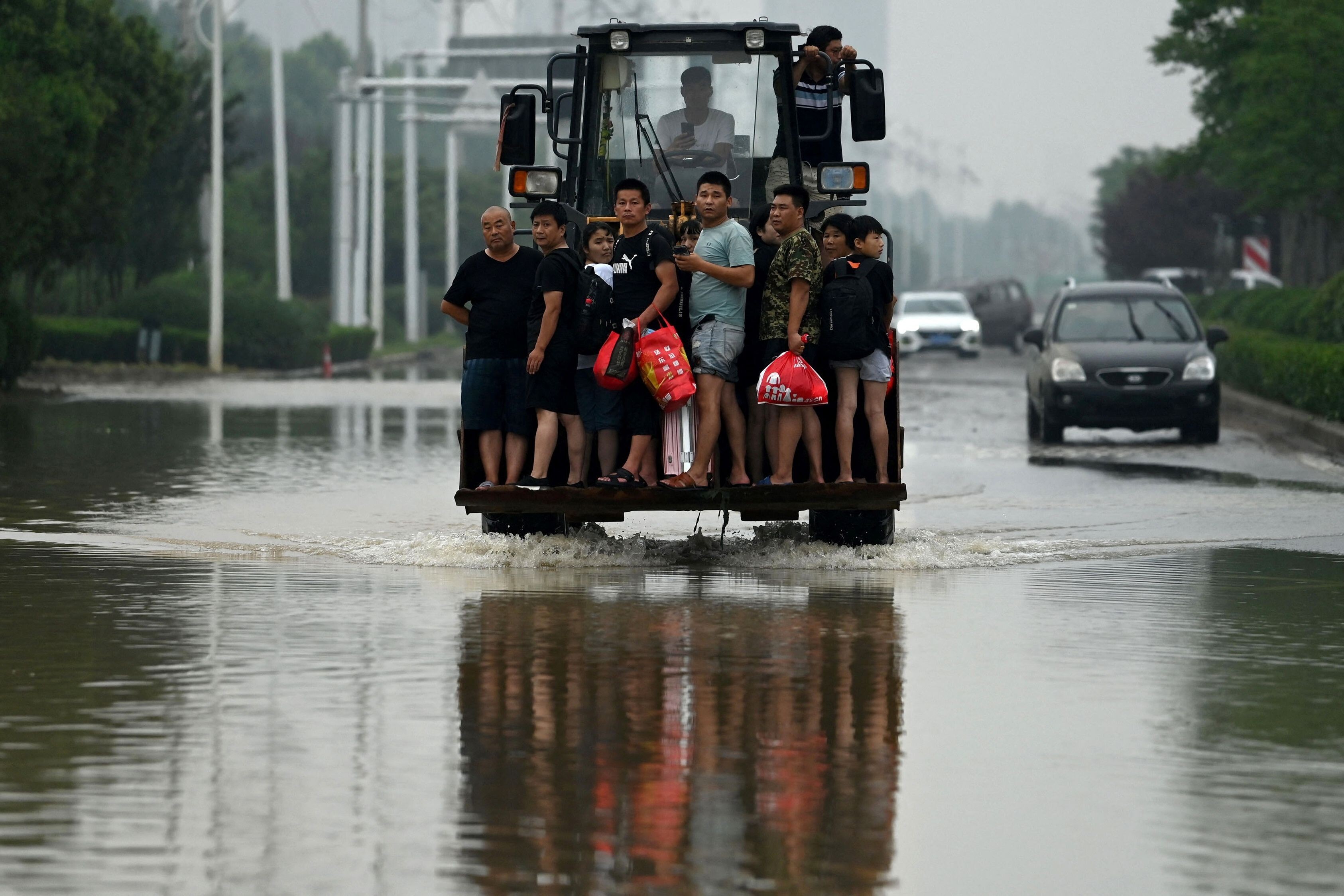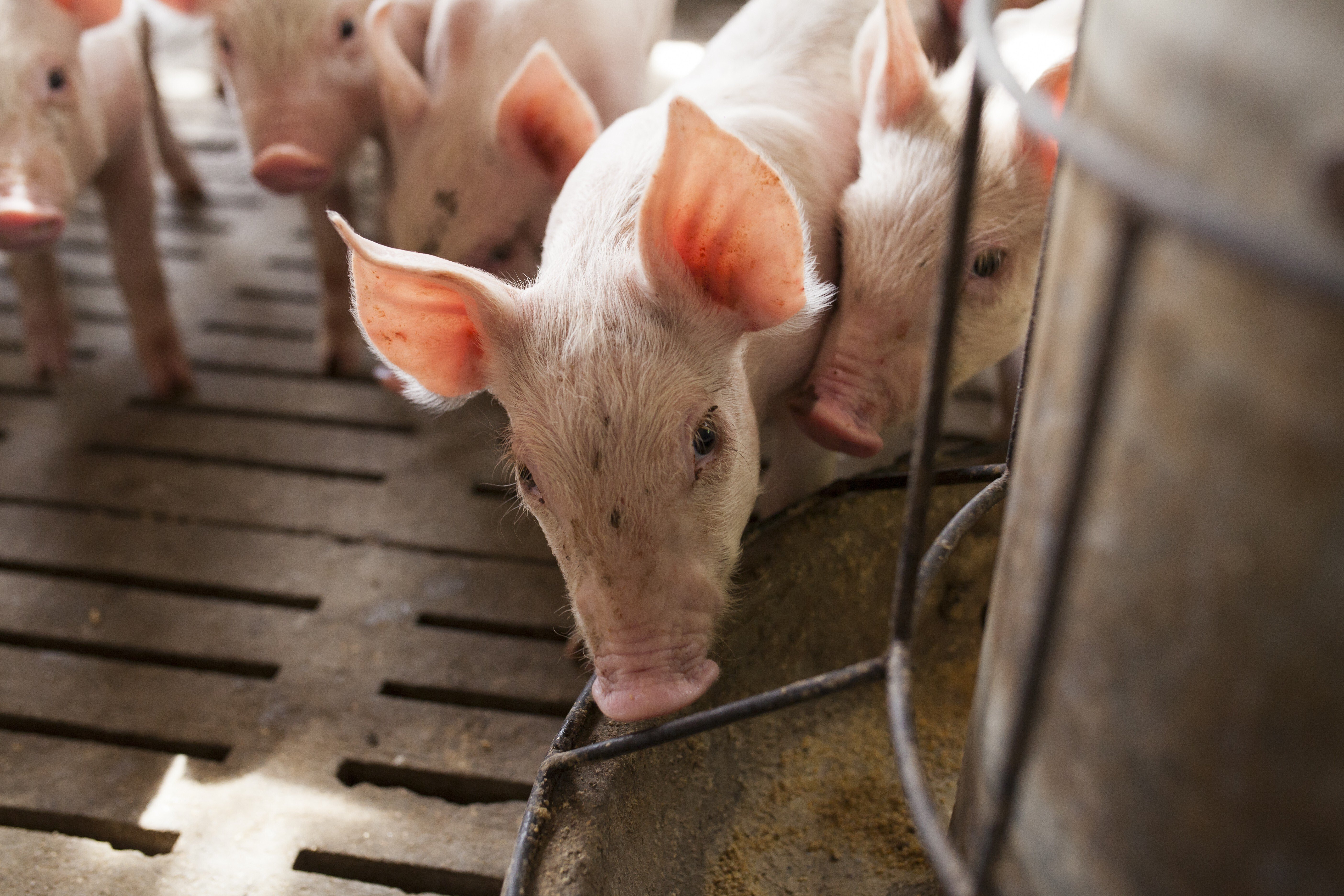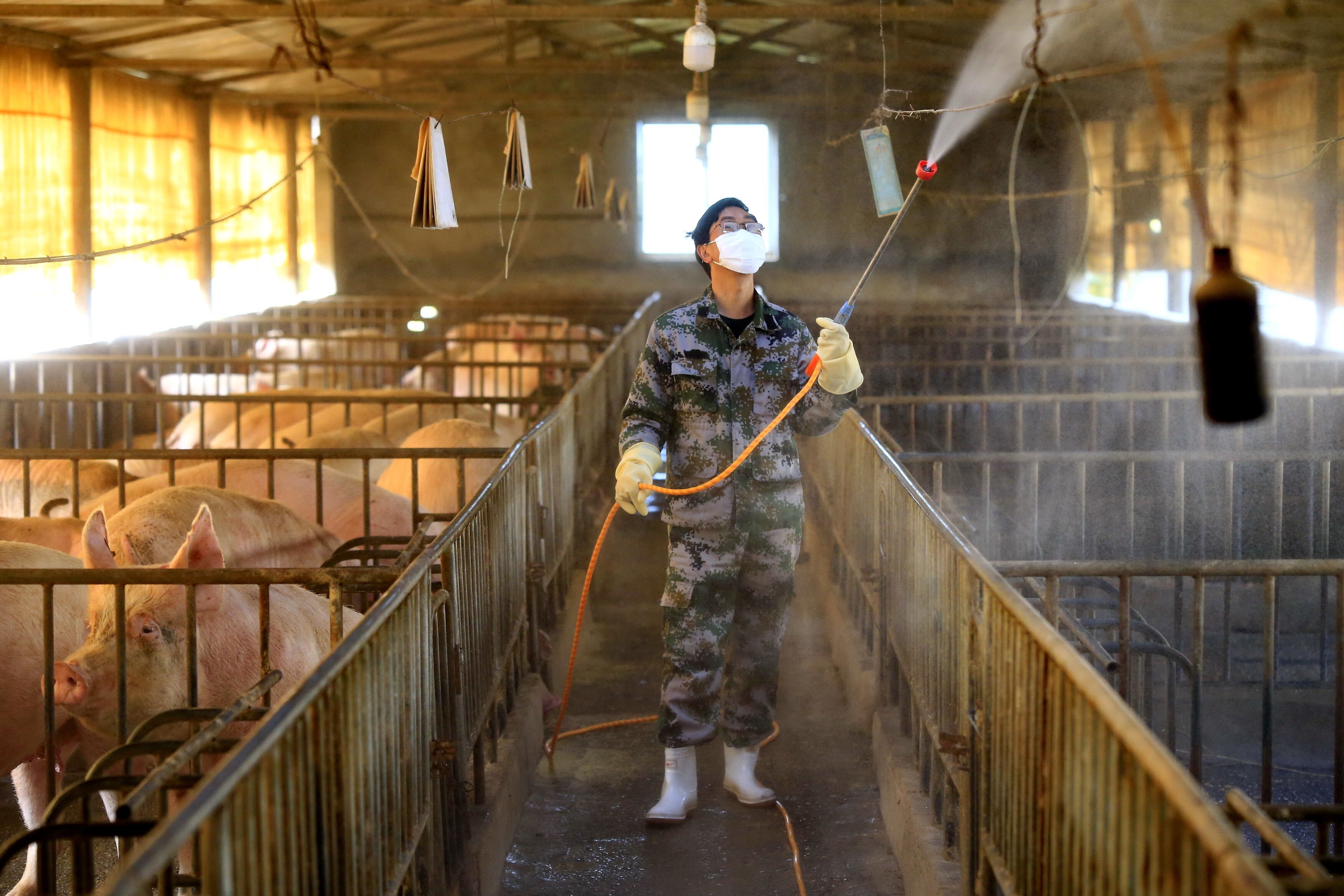TOPIC
African swine fever
African swine fever
A huge outbreak in mainland China of African swine fever, a disease that is not harmful to humans, but deadly to pigs, has resulted in more than 100 million pigs either dying from the disease, or being culled since August 2018. African swine fever has caused a shortage of pork, which is China’s most popular meat, driving up consumer prices to record levels. The US-China trade war has partially limited China’s ability to import extra pork, with China having imposed tariffs on shipments from the US.
Advertisement
Advertisement
Advertisement
Advertisement
Advertisement
Advertisement
Help preserve 120 years of quality journalism.
SUPPORT NOWAdvertisement
Advertisement
Advertisement
Advertisement
Advertisement
Advertisement
Advertisement
Advertisement
Advertisement
Advertisement
Advertisement
Advertisement
